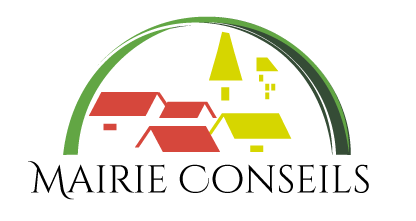• A main market
• A hotel de ville
• A communal forest-Kilum mountain forest reserve
• Touristic sites like; Lake Oku, Tolon water fall, Kenshing water fall, Enfwe water fall, Tankon water fall, Mbancham waterfall, Kedse water fall, Oku fonʹ s palace, Oku cultural and touristic centre, Lumutu shrine, Ijim mountain and Caves (mbvek yeafon, mbvek ngailai, mbvek tafon, tongkol, mbvek mawes, kinaki , efiane , ekak , and emfee)
• Soils: volcanic origin and basalt is the common rock through which most soils have been formed. There are also volcanic and ferralitic soils in most of the highlands like in Elak Oku. This area has fertile soils for agriculture.
• Vegetation: The vegetation of the council area is mainly savanna and montane forest. The montane forest covers a land area of 17,325 hectare and about 300.000 people depend on it for livelihoods. This forest is also very rich in medicinal plants.
• Fauna: The existence of the kilum-Ijim community forest is a great resource to the municipality. This community forest is home to many animal species especially bird, rodents and reptiles. Oku is popular for bird watching and is home of the endemics Bannerman’s turaco and Banded Wattleeye. This area is also widely known for bee farming.
• Mineral resources: endowed with basaltic granite and sand which is dug from quarries. There also exist huge deposits of gravel along the Elak Ibal road which is used for road construction. The inhabitants of this community also exploit these minerals for their welfare and construction of houses.
• Health: limited access to quality services, due to inadequate infrastructure and equipment.
• Environment and nature protection: environmental degradation due to poor framing practices.
• Women empowerment and family: low social and financial status of women due to limited centers for information and ignorance.
• Water and energy: poor access to water and insufficient access energy due to lack of finances.
• Education: limited access to education, due to lack of funds and staff.
• Public works: poor road network, due to limited financial sources and no degradation of existing bridges and culverts.
• East: Jakiri council
• North: Noni and Kumbo councils
• South: Ndop council
• West by Fundong council
• Agriculture: (coffee, maize, beans, potatoes, tomatoes, cassava, groundnuts, yam, huckleberry).
• Livestock: (cattle, horses, goats, Sheep and fowls.).
• Commerce: sales of food stuff and petty trading.
• Others include: small medium size enterprises, services from organizations, hunting, fishing and craftsmanship.
• Climate: an Equato-Guinean climate, characterized by two distinct seasons. The rainy season and the dry season. The area has maximum temperatures of 16.5 to 19°C and minimum temperatures of 9 to 10.5°C. Rainfall is in excess of 3050 mm per year.
• Relief: characterized by steep slopes ending up in valleys and an undulating landscape. Found in the council is the Mount Oku which is the second highest peak in West Africa.
• Hydrology: Lake Oku is the main water body within the municipality. There are many smaller streams and springs in the municipality whose catchments have been harnessed to serve the community with drinking water. Rivers Mfve and Mie are some of the popular rivers that flow right into Nigeria. There are also numerous water falls in this area.
